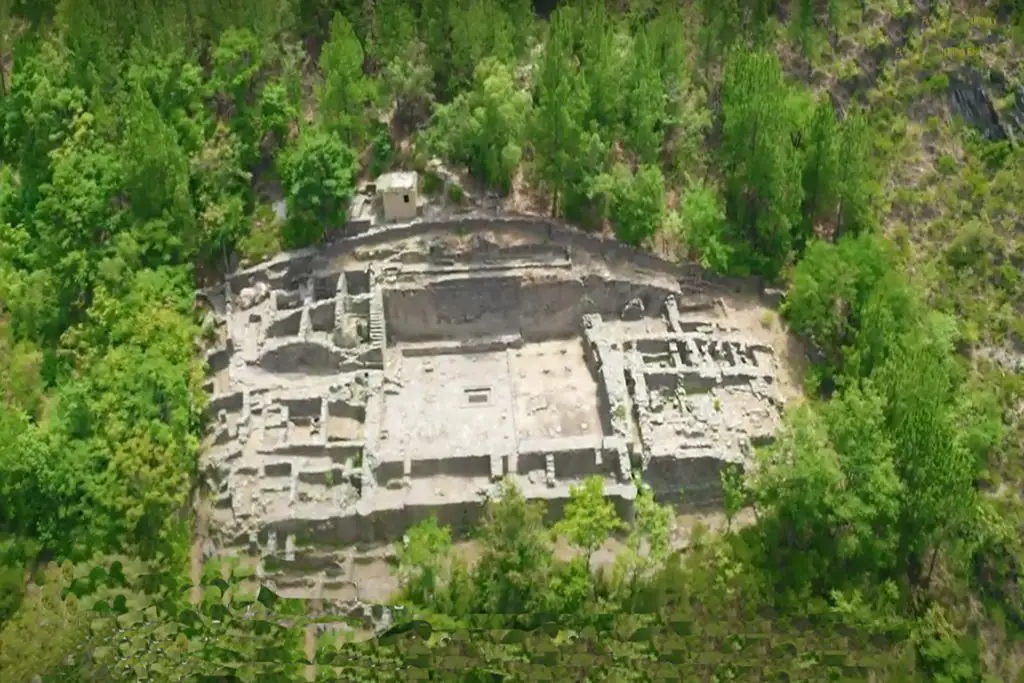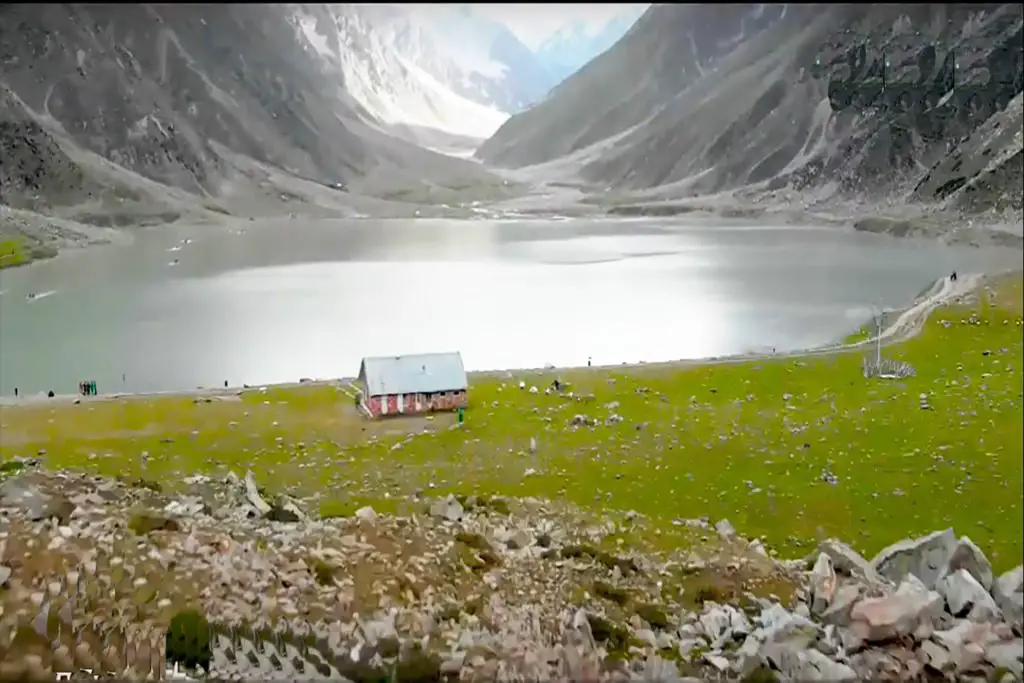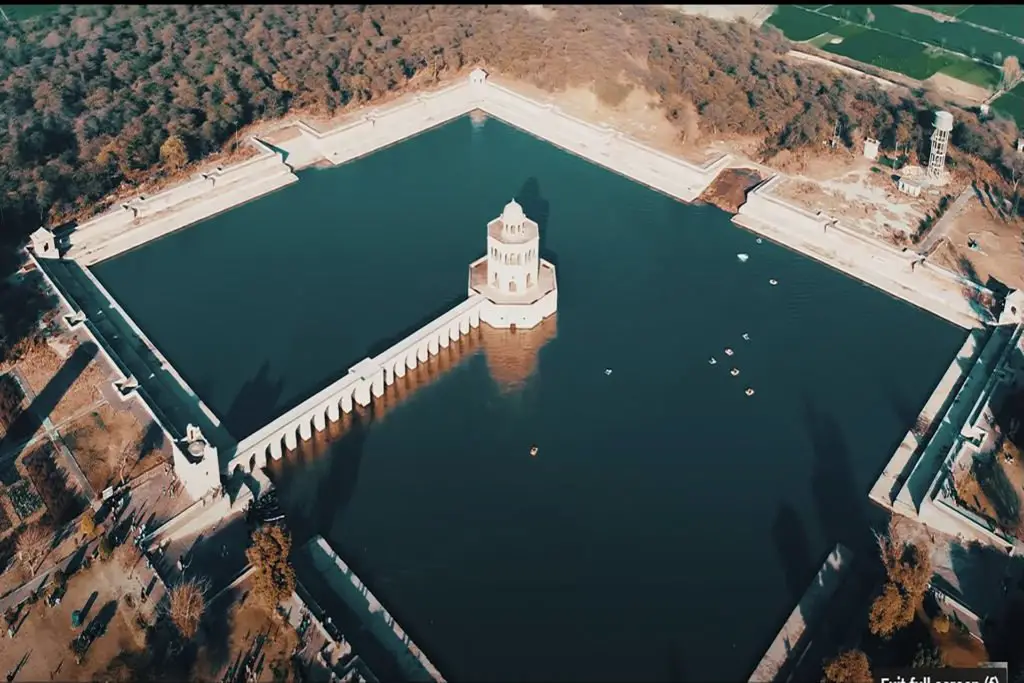Sultan Mehmood Ghaznavi Mosque is one of the oldest mosques in northern Pakistan, discovered by the Italian Archaeological Mission in Pakistan in 1985. The mosque represents a splendid design of old Muslim architecture.
Location of Sultan Mehmood Ghaznavi Mosque:
In 1984, a fortuitous discovery occurred on the hill slopes beneath Raja Gira’s castle—a black marble bore an Arabic inscription. This inscription, dating back to HE 440 (1048–49 CE), bears testament to the establishment of a mosque. The directive for the mosque’s construction was issued by Amir Nustagin, a Ghaznavid General, whose historical presence is known solely through this significant inscription.
Design of Sultan Mehmood Ghaznavi Mosque
The architectural layout of the Sultan Mehmood Ghaznavi Mosque adheres to the standard mosque construction model, presenting a rectangular plan measuring 28 meters by 21 meters. Robust walls constructed from schist stone in a rough diaper masonry technique encircle the mosque. Although the original roof is no longer intact, the stone bases of wooden pillars persist, with five aligned in a north-south direction and eight in an east-west orientation.
Upon revealing the remnants, the most notable features included the remnants of towering 30-foot-high walls, a cemetery, communal spaces, living quarters for students, and even a water mill. Additionally, the walls bore imprints of a pre-existing Buddhist stupa, predating the construction of the mosque.
The central mihrab of Sultan Mehmood Ghaznavi Mosque is positioned on the west wall, while an off-center entrance on the east wall opposes it. The prayer chamber, of which the mihrab forms a component, stands at a slightly elevated level, featuring a floor crafted from beaten earth. The remaining space is paved with schist stone slabs, constituting the courtyard and accommodating a central ablution tank.
Adjacent to the northern side of the mosque, a trio of oblong rooms known as “Ziyada” is situated. The exterior of this side displays three bastions or towers, embodying a blend of Hindu Shahi and Ribat styles. The square shape of the mihrab suggests a pre-Seljuk influence.
Set amidst a tranquil environment, the mosque offers panoramic views of the Swat River and the surrounding picturesque landscape. The vicinity boasts a clean and serene ablution area, complemented by a hiking trek. The mosque’s charm is enhanced during early sunrise and sunset visits.
Originally named Raja Gira Mosque due to its proximity to the Raja Gira Castle, the mosque was discovered on the slopes of the Odigram mountain by the Italian Archaeological Mission. Its historical roots trace back to the era of Mahmud or his grandson Maudud (1041–50 A.D.), marking it as the earliest mosque in Northern Pakistan.
The settlement around the tomb of the revered General, Pir Khushal, who defeated Raja Gira and sacrificed himself, led to the construction of a simple mausoleum, now known as Ghazi Baba tomb. This historical mosque stands as a captivating attraction for visitors exploring Swat in the summer.







